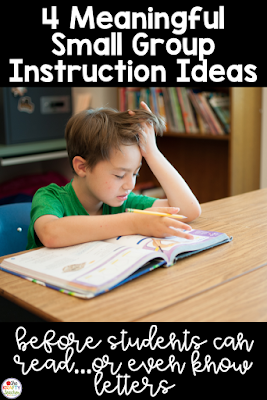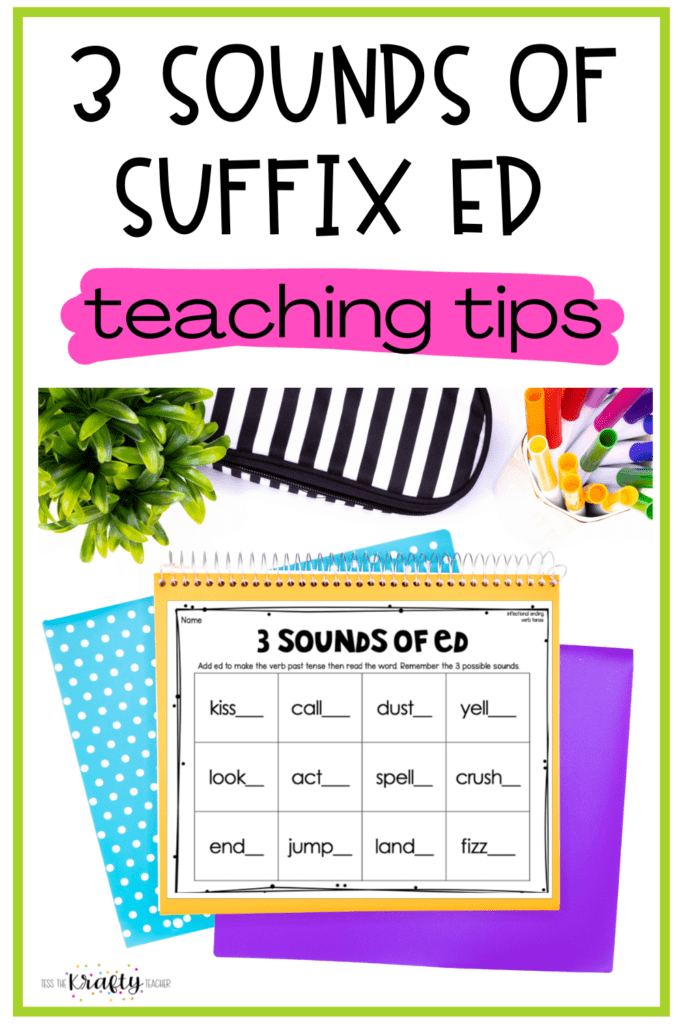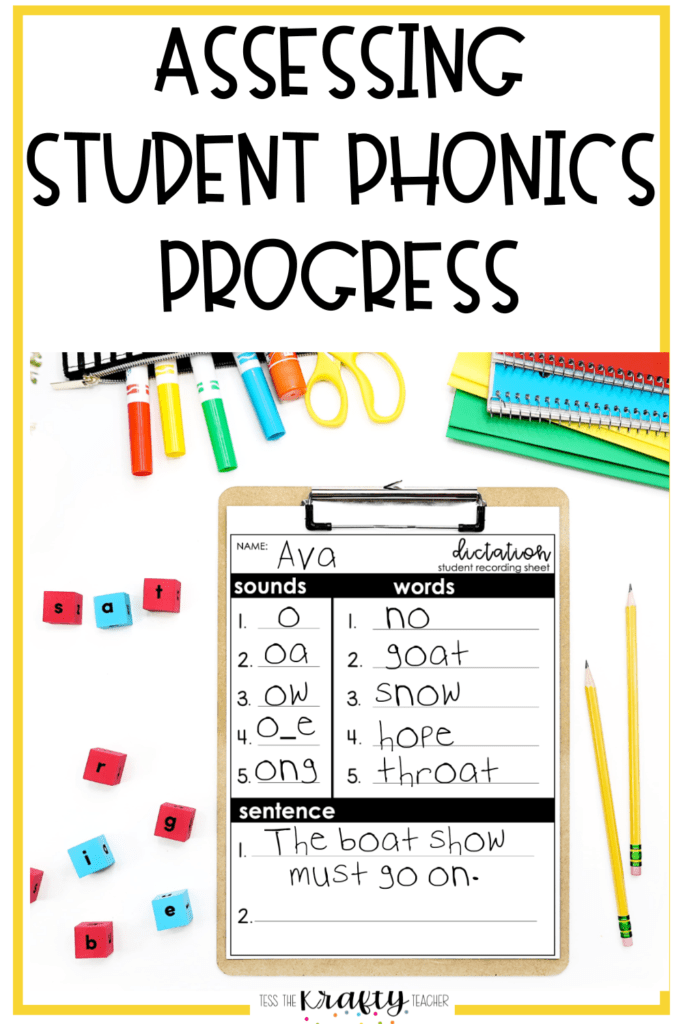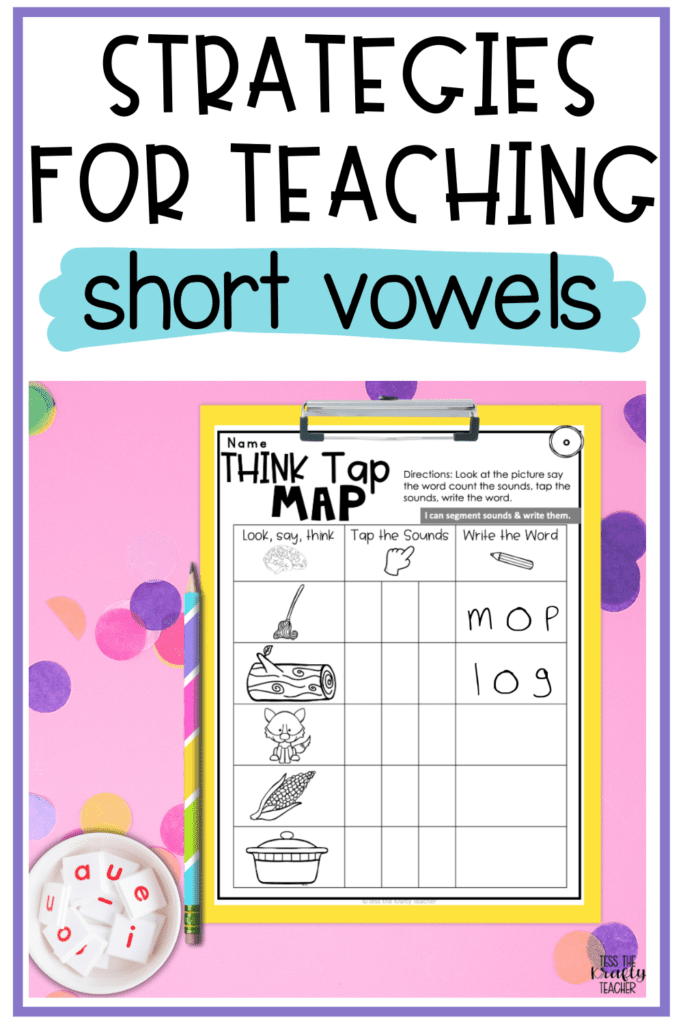I will never forget the first guided reading groups for kindergarten as a reading specialist. I had taught Kindergarten for six years, several years prior, and loved working with kindergarteners. I knew that I had the lowest of the two classes that I was working with but still I was confident I would do what I knew to do and they would just pick up on it and we would be reading in no time. That was the end of August. By Labor Day I knew what I was doing wasn’t going to work. These five years olds had me stumped. I started with their names, which is where I always start teaching students their letters because the letters in their names are important to them, making them more meaningful. However, these kiddos were not connecting the letters to their names, they didn’t even know the difference between letters and numbers, or shapes or colors. These students weren’t ready to read, they weren’t ready to write they weren’t even ready to say letter names and sounds. My students needed pre-letter sound skills. They needed the prerequisite skills for identifying letters, and sounds and to write and eventually read.
1. Concepts of Print
Concepts of print or how books and text are set up have long been taught and assessed for beginning readers. To truly know how to read a student must have these concepts. One to one correspondence, return sweep, parts of a book, identifying a letter, word, punctuation, and page-turning. So I created posters and task cards (more for the teacher or an aide) to do with pre-readers. Click on the picture below to purchase the task cards or click HERE.
2. Use Environmental Print

3. Visual Discrimination
Being able to look at letters, shapes, numbers, and words and tell how they are different and alike are the first step in recognizing letters. Click the picture below to purchase this resource from my TPT store!
4. Fine Motor
While maybe more commonly thought of as being related to writing, fine motor skills are important for all areas of literacy. “An understanding of fine motor skills is necessary to determine their impact on reading and writing, they are the coordination of small groups of muscles to complete a task or participate in an activity.” (St. John 2013).
5. Oral Language and Phonemic Awareness
The development of oral language has long been regarded as essential to reading development. Oral language is the system through which we use spoken words to express knowledge, ideas, and feelings. Results from a study by Mol, S.E., Bus, A. G., & de Jong, M.,T. (2009) showed that children’s oral language, as well as print knowledge, benefited from interactions before during, and after shared reading skills.
References Mol, S. E., Bus, A. G., & de Jong, M.,T. (2009). Interactive book reading in early education: A tool to stimulate print knowledge as well as oral language. Review of Educational Research, 79(2), 979-1007. St. John, S. (2013). Factoring in Fine Motor: How Improving Fine Motor Abilities Impacts Reading and Writing. Illinois Reading Council Journal, 41(4), 16-24











